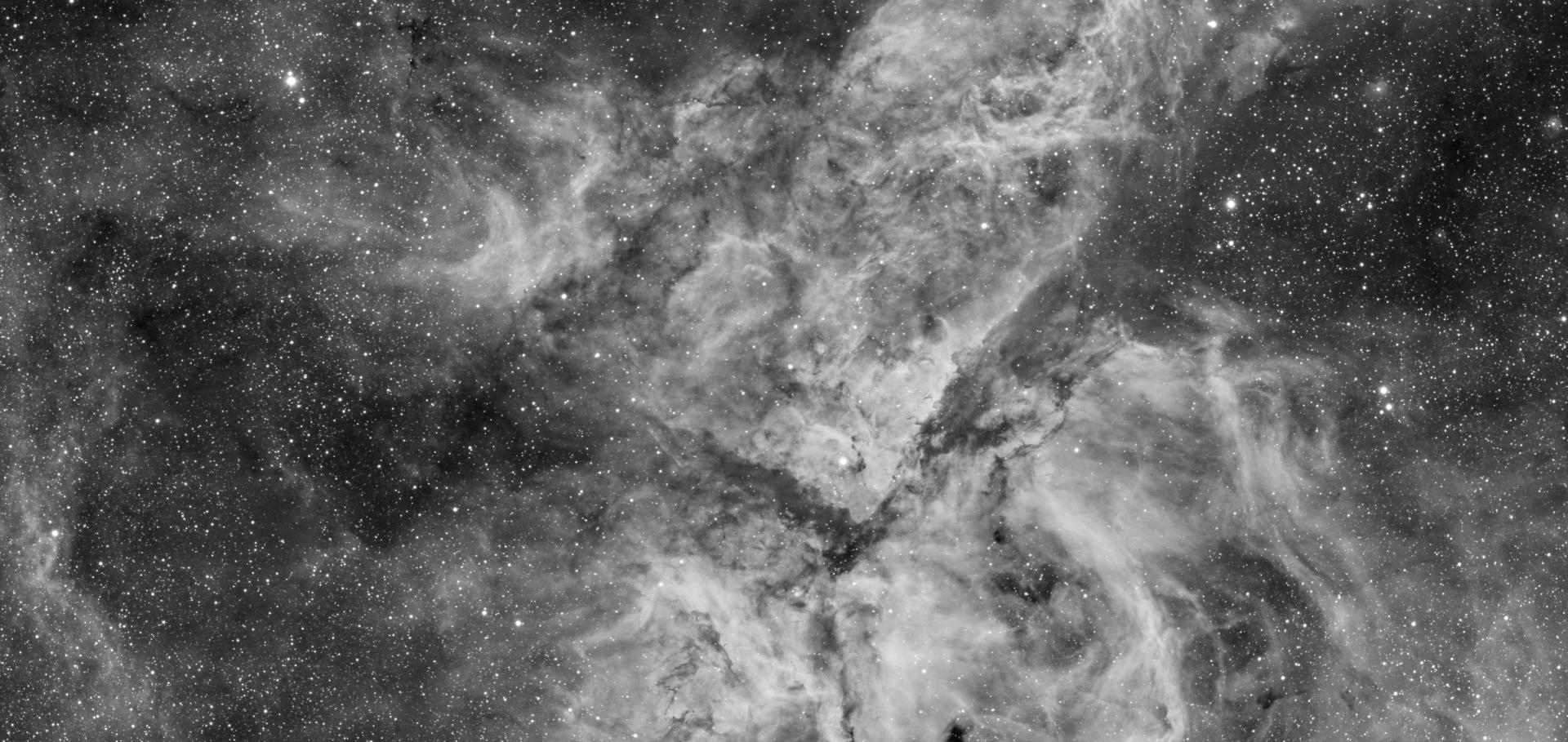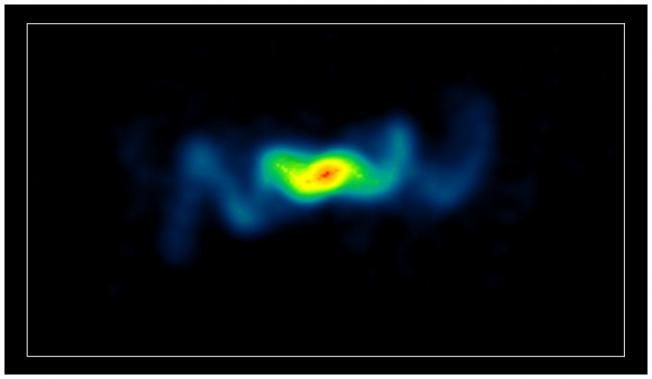Beam powers, active lifetimes, and total energies of FRIIb radio galaxies
ASTR SOC P 250 (2002) 417-421
Abstract:
Multi-frequency radio observations of a powerful classical double radio galaxies can be used to determine the beam power of the jets emanating from the AGN, the total time the source will actively produce jets, and the total energy available to power the jets during their lifetime. Empirical determinations of these quantities are presented for 20 classical double radio galaxies. The model assumptions, trends with redshift, and implications for energy extracted from central engines are discussed.Chandra X-ray observations of Cygnus A and Pictor A
ASTR SOC P 250 (2002) 213-223
Abstract:
Results from Chandra observations of the two nearest, powerful radio galaxies are summarised.Circular polarization in scintillating sources
ASTR SOC P 250 (2002) 137-141
Abstract:
We discuss the detection of variable circular. polarization (CP) in several scintillating radio sources: PKS 1519-273, PKS 0405-385 and Sgr A*. The CP in PKS 1519-273 is strong, and varies on a timescale of hours to days at frequencies between 1.4 and 8.6 GHz. We argue that the variability is due to scintillation of a compact (15 - 35 muas) component of the source with -3.8 +/- 0.4% circular polarization at 4.8 GHz. We find that no simple model can account for the magnitude and spectrum of the circular polarization in this source. We also interpret the variable CP observed in PKS 0405-385 in terms of scintillation, although the behaviour of the CP is more complicated, and changes character between scintillation epochs. We also discuss CP in Sgr A*, which is found to be variable at 2.5 and 1.4 GHz on a timescale similar to 7 days. The fractional degree of variability in circular polarization greatly exceeds that in total intensity in all three sources.Circular polarization in intraday variable blazars
ASTR SOC P 250 (2002) 142-146
Abstract:
We have measured Stokes IUQV of several rapidly variable and gamma-bright blazars and detected variable optical circular polarization, occasionally exceeding 1%, in 3C 279. We discuss possible origins for significant amounts of circular polarization (CP) in blazars and suggest direct CP from particles radiating in strong magnetic fields or anisotropies in the particle distribution function as the most plausible explanations.Confronting hydrodynamic simulations of relativistic jets with data: what do we learn about particles & fields?
ASTR SOC P 250 (2002) 303-314



